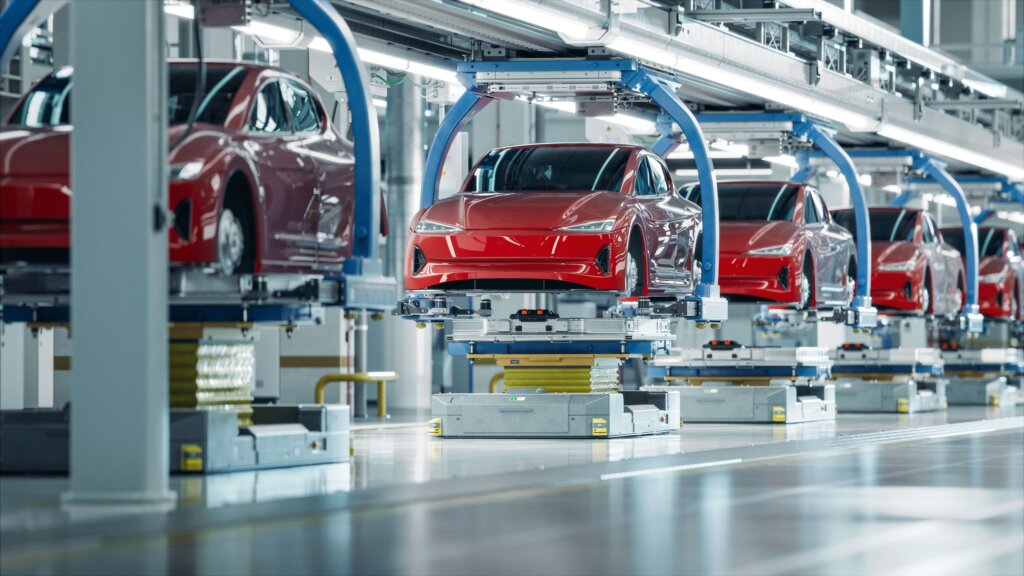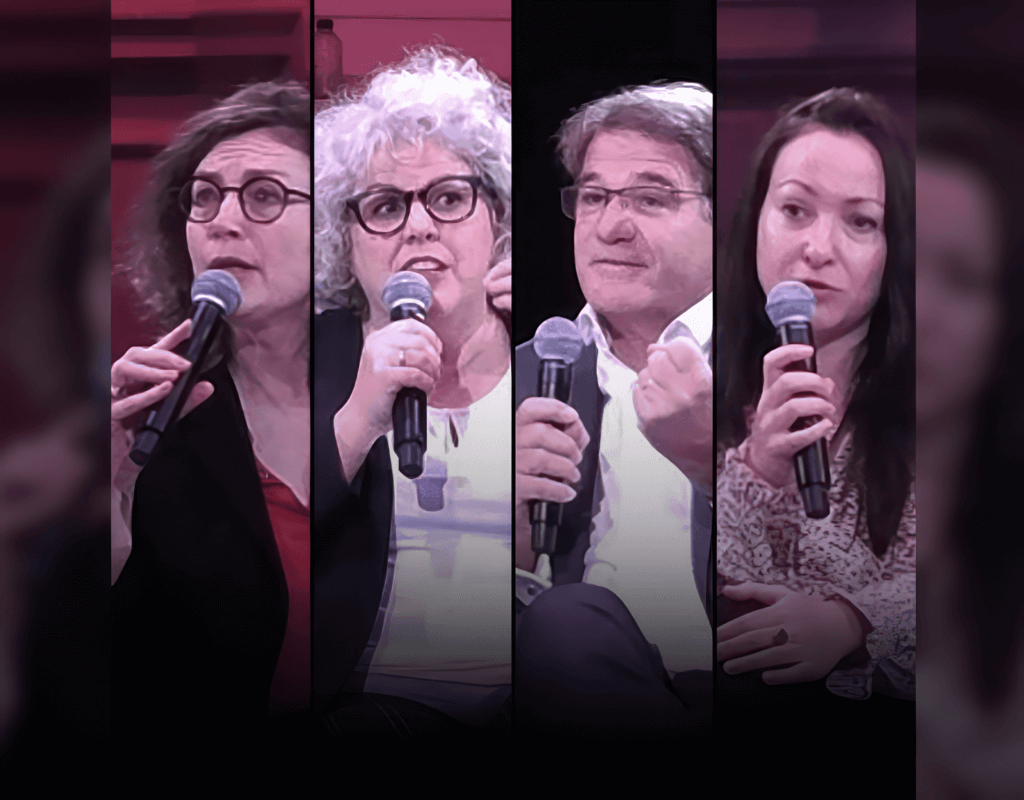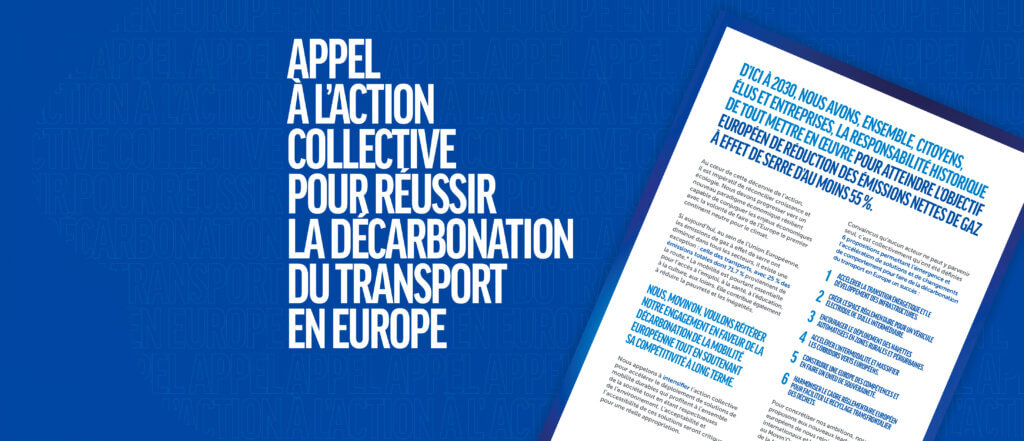Green Hydrogen Passenger Train an American First
In a first for the Americas, for Canada, and for the province of Quebec, a passenger train powered by a hydrogen fuel cell has begun a summer demonstration, traveling along the St. Lawrence River. It glides quietly through the UNESCO-protected landscape, emitting no greenhouse gases; its exhaust consists solely of water vapor.

In a first for the Americas, for Canada, and for the province of Quebec, a passenger train powered by a hydrogen fuel cell has begun a summer demonstration, traveling along the St. Lawrence River. It glides quietly through the UNESCO-protected landscape, emitting no greenhouse gases; its exhaust consists solely of water vapor.
Named the Coradia iLint™, the train was designed in Germany and France by Alstom, a French multinational rolling stock manufacturer that produces high-speed suburban, regional and urban trains.
The project was supported by the German Ministry of Economy and Mobility and funded by Germany’s National Innovation Program for Hydrogen and Fuel Cell Technology.
The Coradia iLint first entered commercial service in Germany in 2018. After successfully running the hydrogen train 220,000 kilometres in nine European countries to introduce the technology, Coradia iLint now is operating on two different rail networks in Germany.
Alstom has moved one of its Coradia iLint trains to Quebec to demonstrate the green hydrogen fuel cell passenger train on the other side of the Atlantic.
On June 17, 2023, a hundred passengers boarded a Coradia iLint in Quebec City for the first hydrogen train journey ever on the North American continent.
The hydrogen train connects the Parc de la Chute-Montmorency in Quebec City to Baie-Saint-Paul, a 90-kilometre trip in the core of the UNESCO-listed Charlevoix Biosphere Reserve bordering the St. Lawrence River.
In June, the Coradia iLint completed its first 90-kilometre journey from Montmorency Falls in Quebec City through the UNESCO-listed Charlevoix Biosphere Reserve to Baie-Saint-Paul, on the privately owned Réseau de Charlevoix railway line.
Located 80 km (50 miles) east of Quebec City, Charlevoix Biosphere Reserve borders the St. Lawrence River to the north. About 30,000 people live in the reserve. There are farms, tidal marshes and flats, rivers, evergreen and maple forests, and mountain tundra ecosystems. Rail passengers may catch sight of blue whales or beluga whales, wolves, boreal woodland caribou, or cougars.
Passengers can choose between a C$99 round trip on the Coradia iLint hydrogen train from Montmorency Falls to Baie-Saint-Paul with three hours of free time before the return trip, or a C$200 round trip on the hydrogen train with a guided wine tasting before the return trip. An overnight round trip is also offered, and passengers can get off at several towns along the route, stay awhile and catch a return train at their convenience.
Claude Choquette, president of Groupe Le Massif and Chemin de fer de Charlevoix, said that the project is made possible due to the collaboration of Chemin de fer de Charlevoix, which is owned by Groupe Le Massif.
“IN ADDITION TO DEFINING NEW FOUNDATIONS FOR SUSTAINABLE TOURISM, THE HYDROGEN TRAIN’S LAUNCH ALLOWS MANY VISITORS FROM AROUND THE WORLD TO DISCOVER CHARLEOIX WHILE CREATING VALUE FOR THE ENTIRE REGION.”
– Claude Choquette, President, Groupe Le Massif and Chemin de fer de Charlevoix
The Charlevoix hydrogen train, Coradia iLint, runs Wednesdays through Saturdays from June 17 until the end of September.
How the Hydrogen Train Works
To operate the demonstration train in Quebec, Alstom has partnered with the Government of Quebec, Chemin de fer Charlevoix, Train de Charlevoix, Harnois Énergies, the Canadian hydrogen technology company HTEC, and Accelera by Cummins.
The Coradia iLint is powered with fuel cells supplied by Accelera by Cummins, which has operations in the neighboring province of Ontario.
Accelera is responsible for providing the fuel cells. The fuel cell uses oxygen to create a reaction, turning the hydrogen into electricity. It works alongside battery technology – ultra-capacitors, lithium-ion, or lead-acid – in a parallel hybrid setup to deliver immediate response, the company explains.
HTEC Quebec will offer technical support for train storage and refueling.
Headquartered in Vancouver, British Columbia, HTEC’s Clean Fuels business unit develops, builds, owns and operates hydrogen production and liquefaction facilities.
The Coradia iLint train runs on green hydrogen, produced in Quebec City by Harnois Énergies, a gasoline distributor with an eye to the future of fuels.
Harnois Énergies contributed to the creation of the first multi-energy service station in Quebec in 2018, in partnership with Transition énergétique Quebec, Toyota Canada and Natural Resources Canada.
At first, the station offered the general public facilities for refueling hydrogen-powered cars. Now, the station has been completely redesigned so that it supplies gasoline, diesel fuel, hydrogen and electricity at a single location.
Hydrogen is produced on-site at the station by the electrolysis of water, using a greenhouse gas emission-free process that results in a clean product. The electricity used to manufacture the hydrogen is generated by renewable sources. “This exciting project is thus completely green,” the company says.
“Harnois Énergies is a partner in this project, positioning itself not only as a hydrogen producer, but also as a distributor,” explains Serge Harnois, president and CEO of Harnois Énergies. “The hydrogen used will be produced at our Quebec City station and will then be transported via high-pressure tanks to Baie St-Paul. Harnois Énergies is focused on the future and keeps an open mind. Energy diversification is at the heart of the company’s priorities,” he said.
Commercial service of the Coradia iLint in Quebec is the first accomplishment of Alstom’s new innovation centre in the Americas, which is dedicated to sustainable mobility solutions. Located in Saint-Bruno-de-Montarville, Quebec, an off-island suburb of Montreal, the center is developing future platforms with hybrid, battery or green hydrogen propulsion adapted to the North American market.
“The train is an environmentally-friendly solution by nature and is even more so thanks to electricity,” said Eric Rondeau, director of the centre based in Saint-Bruno-de-Montarville, Quebec, which opened in June 2022. “Only one percent of North American networks are electrified – 99 percent are fossil fuel powered. We are working to make the railway even more ethical. It is a challenge, but the field of possibilities is immense.”
The Quebec innovation center will leverage its proximity to the more than 700 Alstom engineers currently working in Montreal “to help accelerate the decarbonization of the rail sector,” the company said in a statement.
“HYDROGEN TECHNOLOGY OFFERS AN ALTERNATIVE TO DIESEL AND DEMONSTRATES OUR ABILITY TO PROVIDE MORE SUSTAINABLE MOBILITY SOLUTIONS TO OUR CUSTOMERS, AGENCIES AND OPERATORS, AS WELL AS PASSENGERS. IT WILL ALSO PROVIDE AN EXTRAORDINARY SHOWCASE FOR QUEBEC’S GREEN HYDROGEN ECOSYSTEM, WHICH IS UNDER DEVELOPMENT.”
– Michael Keroulle, President, Alstom Americas Region
The Hydrogen Research Institute of the Université du Quebec à Trois-Rivières will work with Alstom to analyze the results of this demonstration project.
There are other rail corridors where hydrogen trains might be appropriate, said Rondeau, such as in the province of Alberta and in parts of the United States.
But Alstom’s train must meet the requirements for operating on public Canadian railways alongside other trains before hydrogen trains can move into these other areas. The Coradia iLint train in Quebec operates on a private rail network, so it has been permitted to conduct the demonstration project.
Quebec Looks to Hydrogen for a Greener Future
Introduced in May 2022, the Quebec Green Hydrogen and Bioenergy Strategy is intended to create a coherent framework and a favorable environment to accelerate the production, distribution and use of green hydrogen and bioenergy.
These energy sectors can provide solutions to replace fossil fuels and reduce greenhouse gas emissions, even in the most polluting sectors such as transportation and industry.
To decarbonize and strengthen its economy, Quebec intends to increase the role of green hydrogen and bioenergy in its energy portfolio.
Demonstrating its leadership in the transition to a low-carbon economy, the province is the first jurisdiction in the Americas to run a train with zero direct emissions powered by green hydrogen, and the Quebec government has invested C$3 million in the project, which has a overall cost of C$8 million.
The commercial operation of the Charlevoix hydrogen train will allow Alstom and its partners to assess the next steps for “the development of an ecosystem for hydrogen propulsion technology and its penetration into the North American market.”
Toute l’actualité de Movin’On
dans votre boîte mail
Auteur
Partager
Tweets de @movinonconnect
Movin'On 2035 TODAY EP02 - Circular Economy & Competitivity
Movin’On 2035 TODAY EP01 – Fair Mobility for All https://x.com/i/broadcasts/1yNxagBrWZbGj
✨ THAT'S A WRAP!
Movin'On Summit 2024 has just concluded in Brussels!
More than 350 leaders and experts in sustainable mobility gathered to exchange ideas, collaborate, and share their vision for desirable and decarbonised mobility in Europe. Together, we explored ways to build…
🔴 Live from #MovinOnSummit2024
@AshaSumputh has just invited Denis Machuel, CEO at @AdeccoGroup and Florent Menegaux, President of the @Michelin Group & President of Movin'On
L’actualité de la mobilité durable
Découvrez les dernières tendances, des analyses thématiques et nos prochains rendez-vous






